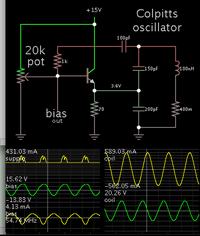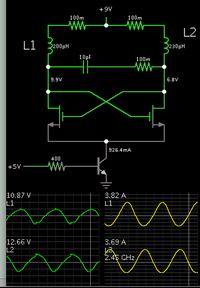jp01
Newbie level 6
Hello, I come from a mechanical engineering background. I am looking to set up an experiment that requires the use of a custom loop antenna.
I am not using this antenna for transmitting or receiving. I am only interested in the characteristic magnetic field that would be produced when the loop is supplied by AC of a certain frequency.
The diameter of the loop is still undefined at this point. I just need to get an idea of what sort of equipment I would need to produce this magnetic field. I want to be able to adjust the frequency of the AC as much as possible, say between 1kHz-10kHz. Would this be possible? If so, how would I go about setting this up?
I am not using this antenna for transmitting or receiving. I am only interested in the characteristic magnetic field that would be produced when the loop is supplied by AC of a certain frequency.
The diameter of the loop is still undefined at this point. I just need to get an idea of what sort of equipment I would need to produce this magnetic field. I want to be able to adjust the frequency of the AC as much as possible, say between 1kHz-10kHz. Would this be possible? If so, how would I go about setting this up?

